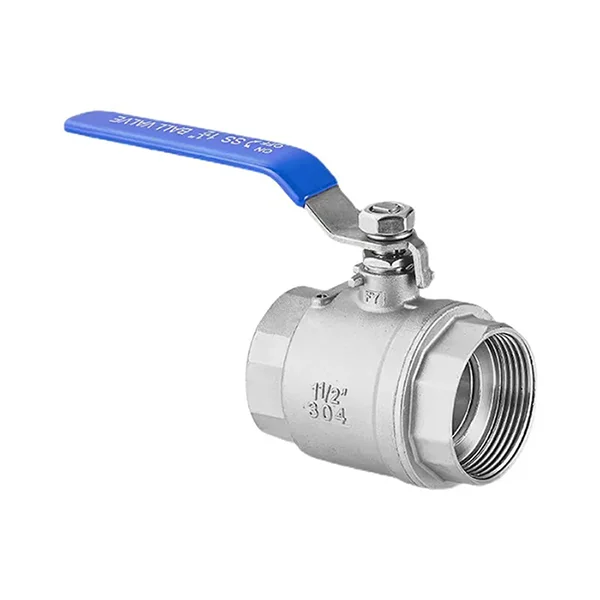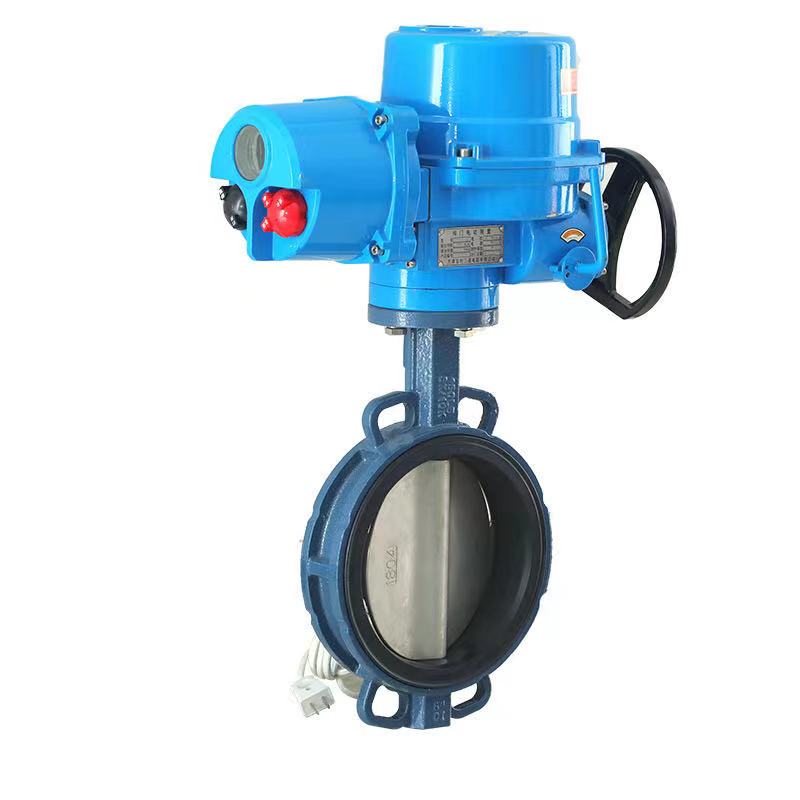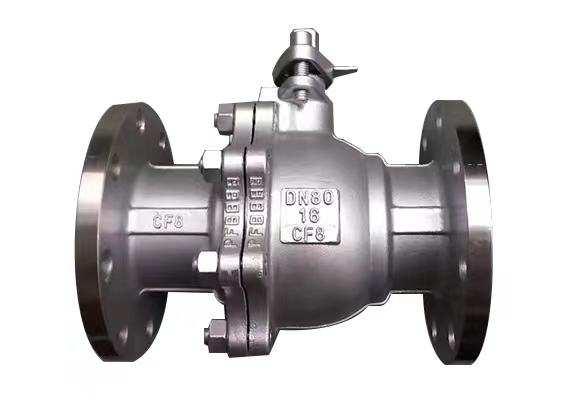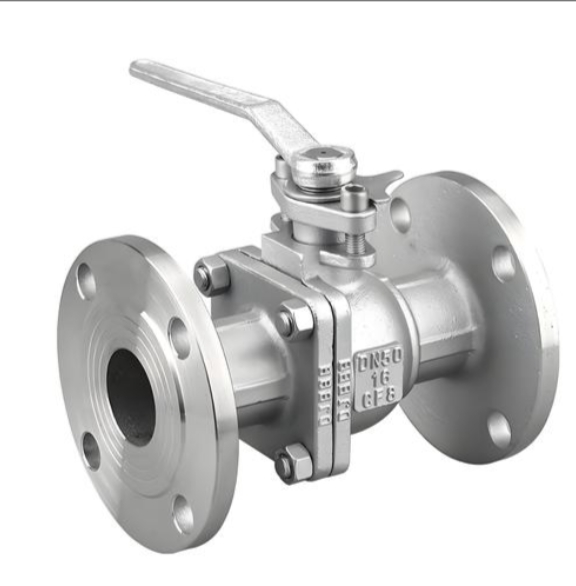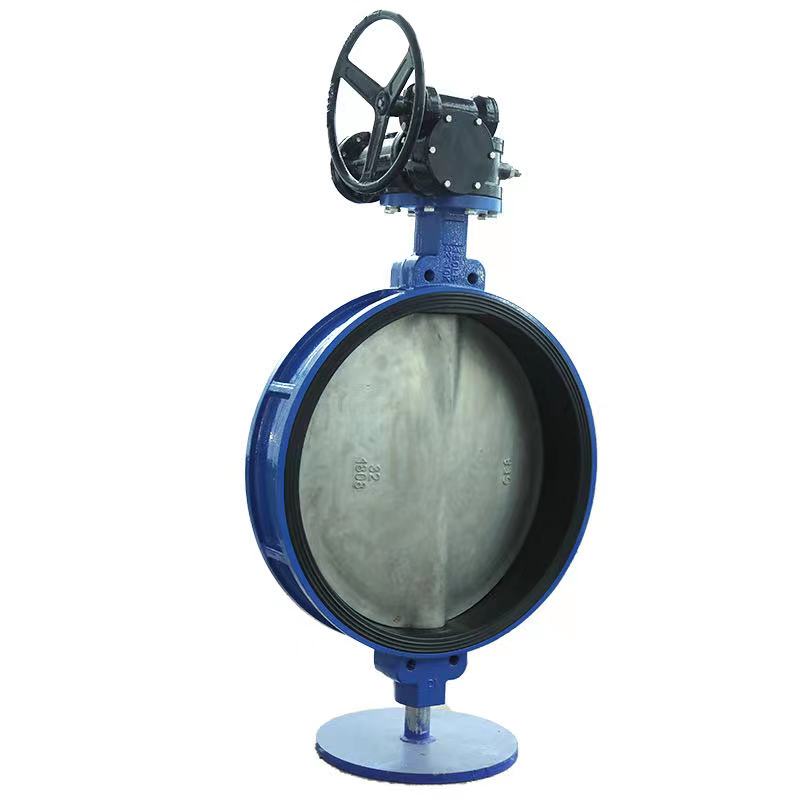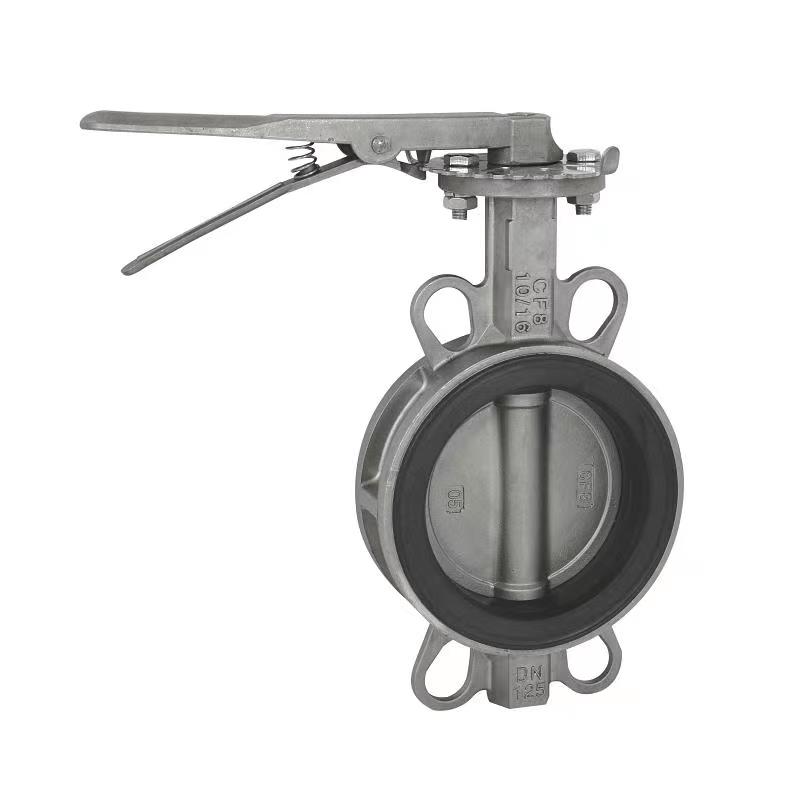- English
- Español
- Português
- русский
- Français
- 日本語
- Deutsch
- tiếng Việt
- Italiano
- Nederlands
- ภาษาไทย
- Polski
- 한국어
- Svenska
- magyar
- Malay
- বাংলা ভাষার
- Dansk
- Suomi
- हिन्दी
- Pilipino
- Türkçe
- Gaeilge
- العربية
- Indonesia
- Norsk
- تمل
- český
- ελληνικά
- український
- Javanese
- فارسی
- தமிழ்
- తెలుగు
- नेपाली
- Burmese
- български
- ລາວ
- Latine
- Қазақша
- Euskal
- Azərbaycan
- Slovenský jazyk
- Македонски
- Lietuvos
- Eesti Keel
- Română
- Slovenski
- मराठी
- Srpski језик
- Esperanto
- Català
- שפה עברית
- Cymraeg
- Latviešu
- icelandic
- ייִדיש
- беларускі
- Hrvatski
- Kreyòl ayisyen
- Shqiptar
- Malti
- lugha ya Kiswahili
- አማርኛ
- Bosanski
- Frysk
- ភាសាខ្មែរ
- ქართული
- ગુજરાતી
- Hausa
- Кыргыз тили
- ಕನ್ನಡ
- Corsa
- Kurdî
- മലയാളം
- Maori
- Монгол хэл
- Hmong
- IsiXhosa
- Zulu
- Yoruba
- অসমীয়া
- ଓଡିଆ
- Twi
- Samoa
- Sesotho
- සිංහල
- Gàidhlig
- Cebuano
- Somali
- Тоҷикӣ
- O'zbek
- Hawaiian
- سنڌي
- Shinra
- Հայերեն
- Igbo
- Sundanese
- Lëtzebuergesch
- Malagasy
- Tǝlam Kanuri
- Punjabi
- پښتو
- Chichewa
How to choose the sealing material for butterfly valves
2025-07-23
The selection of sealing materials for butterfly valves requires a comprehensive consideration of multiple factors. Only by selecting the right materials can butterfly valves ensure good sealing under various working conditions and guarantee the normal operation of the system. The following are the key factors and common material characteristics to consider when choosing:
Consideration
1. Working medium properties: In terms of chemical properties, materials with strong corrosion resistance, such as polytetrafluoroethylene (PTFE), should be selected for strong acidic and alkaline environments; In terms of physical properties, high-temperature media can accelerate material aging and deformation, and high-pressure environments require high material strength and compressive strength. Media with high particle impurities require wear-resistant materials.
2. Working temperature and pressure: Different sealing materials have a wide range of applicable temperatures. Rubber sealing materials are generally used between -30 ℃ and 120 ℃, while special engineering plastics can withstand higher temperatures. Under high-pressure conditions, materials need to have sufficient strength and elasticity, such as metal sealing materials in high-pressure gas pipelines, which are more suitable.
3. Valve opening and closing frequency: When the butterfly valve opens and closes frequently, the material should be wear-resistant and fatigue resistant. Nitrile rubber (NBR) has good wear resistance and is suitable for such occasions.
4. Cost factor: Choose low-cost materials to reduce costs while meeting performance requirements. Ordinary rubber sealing materials have low prices, while high-performance engineering plastics or metal sealing materials have high prices.
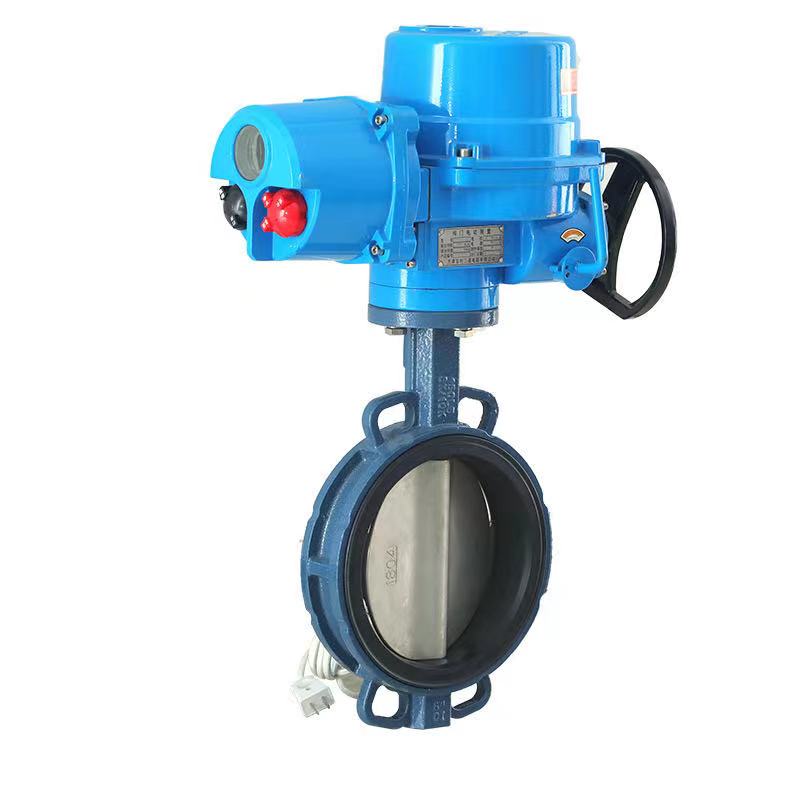
Common material characteristics
1. Rubber: Nitrile butadiene rubber (NBR) is oil resistant, wear-resistant and anti-aging, with low price, but poor ozone resistance, easy to age and deform at high temperature, and suitable for oil-bearing media environment of -30 ℃ -120 ℃ and pressure not exceeding 1.6MPa; Fluororubber (FKM) is resistant to high temperatures, oil, and chemical corrosion, but it is expensive and has poor elasticity. It is suitable for butterfly valves in the chemical and pharmaceutical industry with high pressures ranging from -20 ℃ to 200 ℃; Ethylene propylene rubber (EPDM) is water-resistant, ozone resistant, aging resistant, and has poor oil resistance. It is suitable for water and steam media environments ranging from -50 ℃ to 150 ℃.
2. Plastics: Polytetrafluoroethylene (PTFE) has excellent chemical stability, high temperature resistance, and low friction coefficient, but poor elasticity and low mechanical strength. It is suitable for strong corrosive media environments ranging from -180 ℃ to 250 ℃; Polyamide (PA) has high strength, hardness, wear resistance, and good oil resistance, but it has high water absorption and poor dimensional stability. It is suitable for medium and low-pressure oil containing media environments ranging from -40 ℃ to 100 ℃.
3. Metals: Stainless steel has high strength, corrosion resistance, high temperature resistance, reliable sealing, long service life, but high cost and difficult processing, suitable for high temperature, high pressure, and highly corrosive media environments; Copper alloy has good thermal conductivity, conductivity, and corrosion resistance, and is easy to process. However, it has low strength and is prone to oxidation at high temperatures. It is suitable for butterfly valve sealing scenarios with low temperature and pressure requirements and conductivity.
Related News
- Can check valves prevent pump reversal
- What scenarios are check valves suitable for?
- What should I do if the check valve cannot stop the water?
- What should I do if there is leakage inside the check valve
- What are the types of check valves
- Are there any requirements for the installation direction of butterfly valves?
New Products








